
Some laundry habits seem harmless, but they slowly wear down fabrics, fade colors, and even reduce the lifespan of washing machines. Many outdated techniques don’t work well with modern detergents. If your favorite clothes never seem to last, one of these habits might be to blame.
Boiling Clothes For A Deep Clean
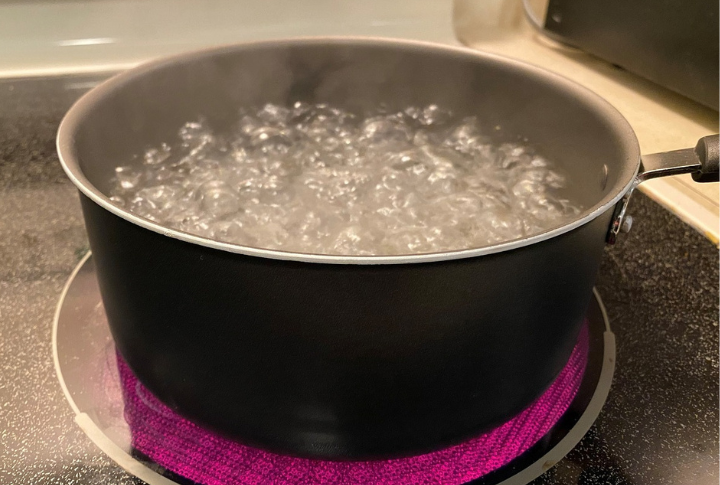
Boiling clothes once seemed like the ultimate cleaning hack, but extreme heat weakens fibers, shrinks fabrics, and can even set stains. Modern detergents work best at lower temperatures, making boiling as outdated as scrubbing on a washboard. Stick to warm or cold water to clean clothes and preserve fabric quality.
Packing The Washer Like A Suitcase
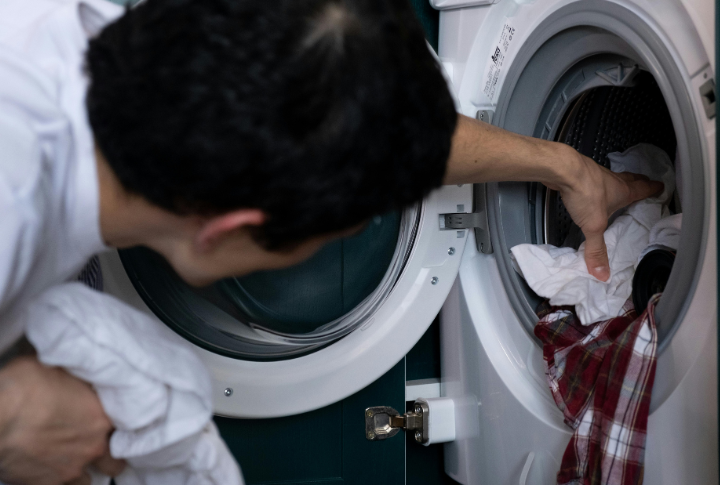
Jamming every item into the drum doesn’t make laundry more efficient. Clothes rub against each other instead of getting properly cleaned, and detergent and water struggle to reach fabric folds. The extra strain also wears down your washer’s motor. A well-spaced load ensures better cleaning and keeps machines running smoothly.
Skipping The Care Labels And Hoping For The Best
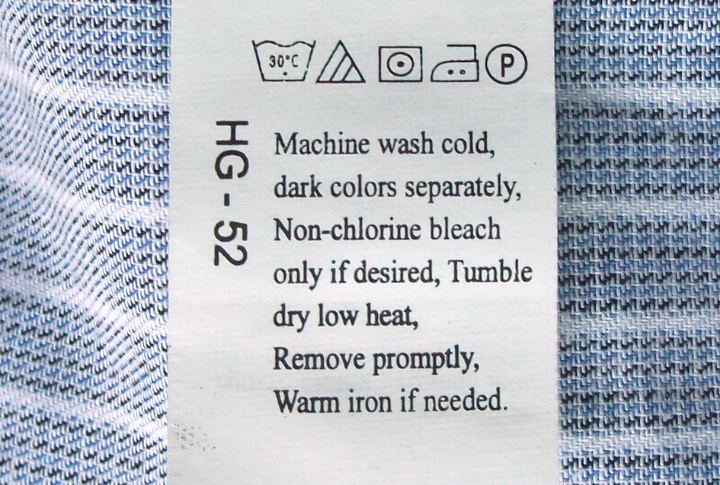
That tiny tag inside your shirt? It’s not just for decoration. Washing delicate fabrics in hot water or tossing a “dry-clean only” piece in the machine leads to irreversible damage. Even everyday fabrics require proper care. So, check the label to prevent shrinking, fading, and unexpected laundry disasters.
Using One Wash Cycle For Everything
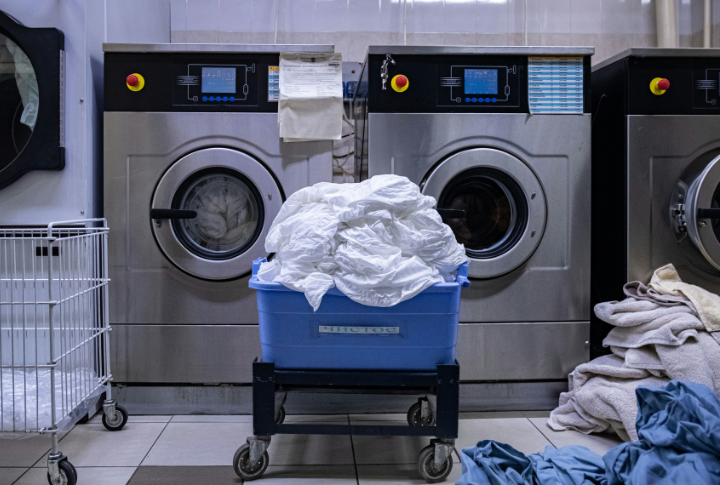
Not all fabrics can handle the same wash cycle. Heavy items like jeans and towels need vigorous agitation, while delicate fabrics require gentler handling. Using one setting for everything causes over-washing or under-washing, and the clothes wear out faster. Picking the proper cycle maintains fabric freshness and extends its lifespan.
Pouring Fabric Softener Like It’s Magic Potion
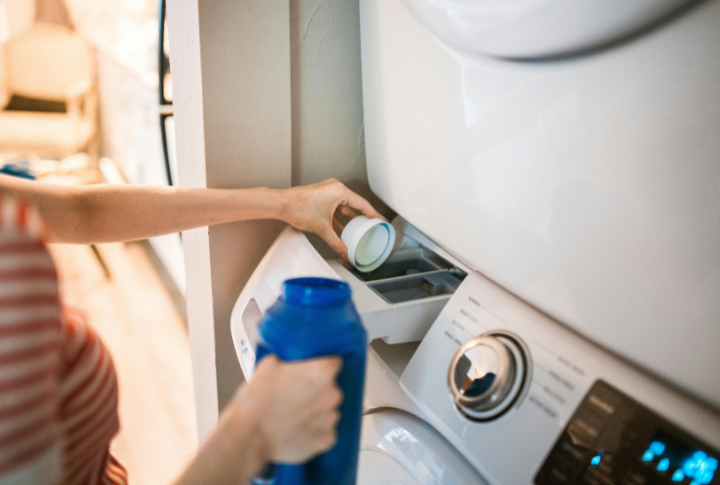
Although softeners give clothes a silky feel at first, they leave a waxy residue over time. This leads to towels that no longer absorb moisture and athletic wear that fails to wick sweat. To prevent this, add white vinegar during the rinse cycle, softening your clothes and ensuring they stay functional by reducing buildup.
Relying On Bleach For Brighter Whites
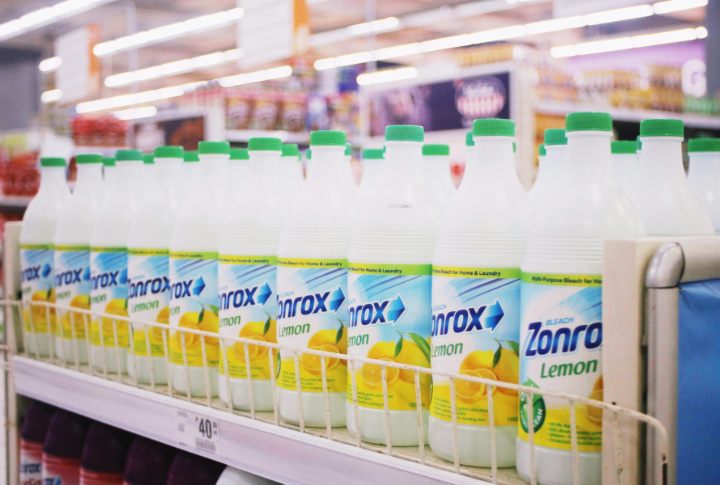
Bleach may deliver instant results, but frequent use weakens fibers and can cause yellowing. Safer alternatives like oxygen bleach, baking soda, or even a little sunshine help maintain brightness without damaging fabrics. Remember: Overusing harsh chemicals might get whites looking crisp today, but it shortens their lifespan in the long run.
Thinking Color Sorting Is Enough

While sorting lights and darks is important, fabric type can’t be overlooked. Heavy denim with lightweight t-shirts can result in unwanted stretching or damage. Delicates need their own cycle, and towel fabrics loaded with lint should never mix with dark clothes unless you want extra fuzz to clean.
Washing Clothes Right Side Out
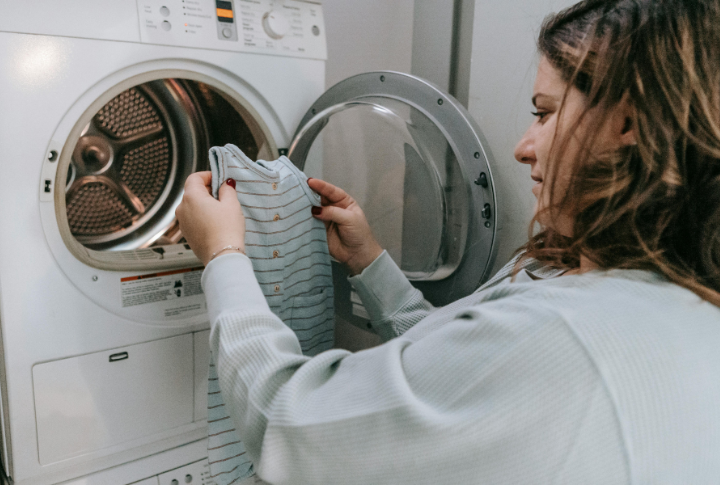
Simply tossing clothes into the machine results in fading, pilling, and damage to prints. The agitation wears down the fabric, causing your favorite clothes to look old too soon. Turning them inside out prevents this damage, protecting colors and designs and cleaning sweat and deodorant stains effectively.
Tossing Clothes In The Dryer Without Shaking Them Out
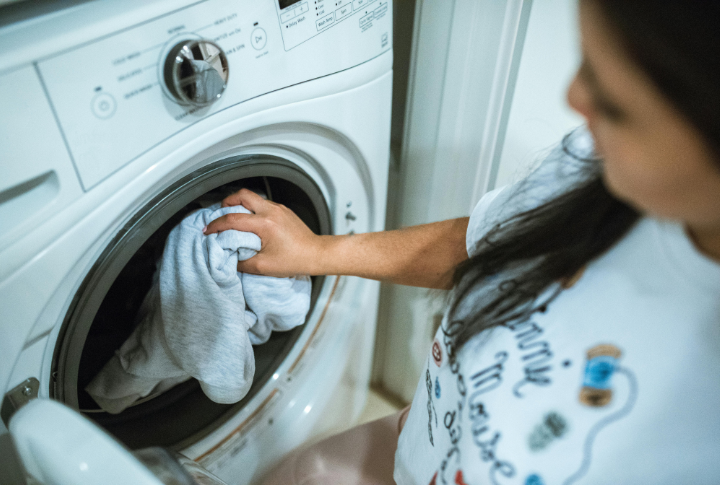
Tangled laundry fresh out of the washer leads to extra wrinkles and uneven drying. Shaking out each item for a few seconds improves airflow and shortens drying time while minimizing the need for excessive ironing. It’s a simple step that keeps clothes looking smoother and fresher with minimal effort.
Forgetting That The Washing Machine Needs Cleaning Too
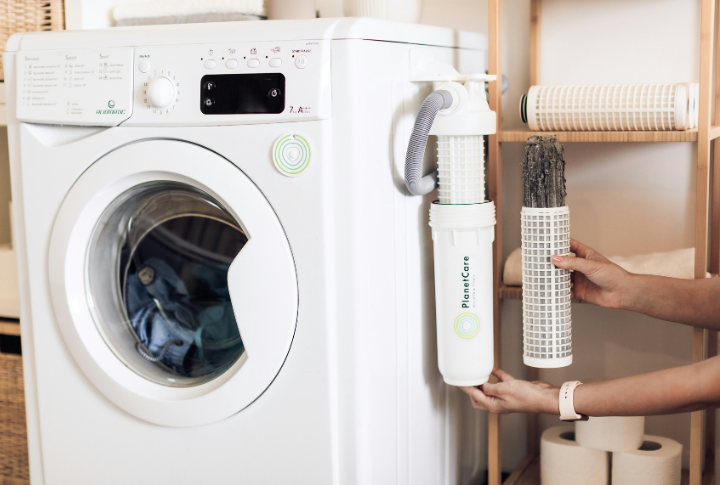
Every cycle, a washing machine deals with detergent, lint, and moisture. When you neglect this, maintenance turns it into a breeding ground for mold and bacteria. That funky smell in “clean” laundry? It’s likely coming from a dirty drum. It’s important to run a monthly hot water cycle with vinegar or machine cleaners to keep things fresh.

